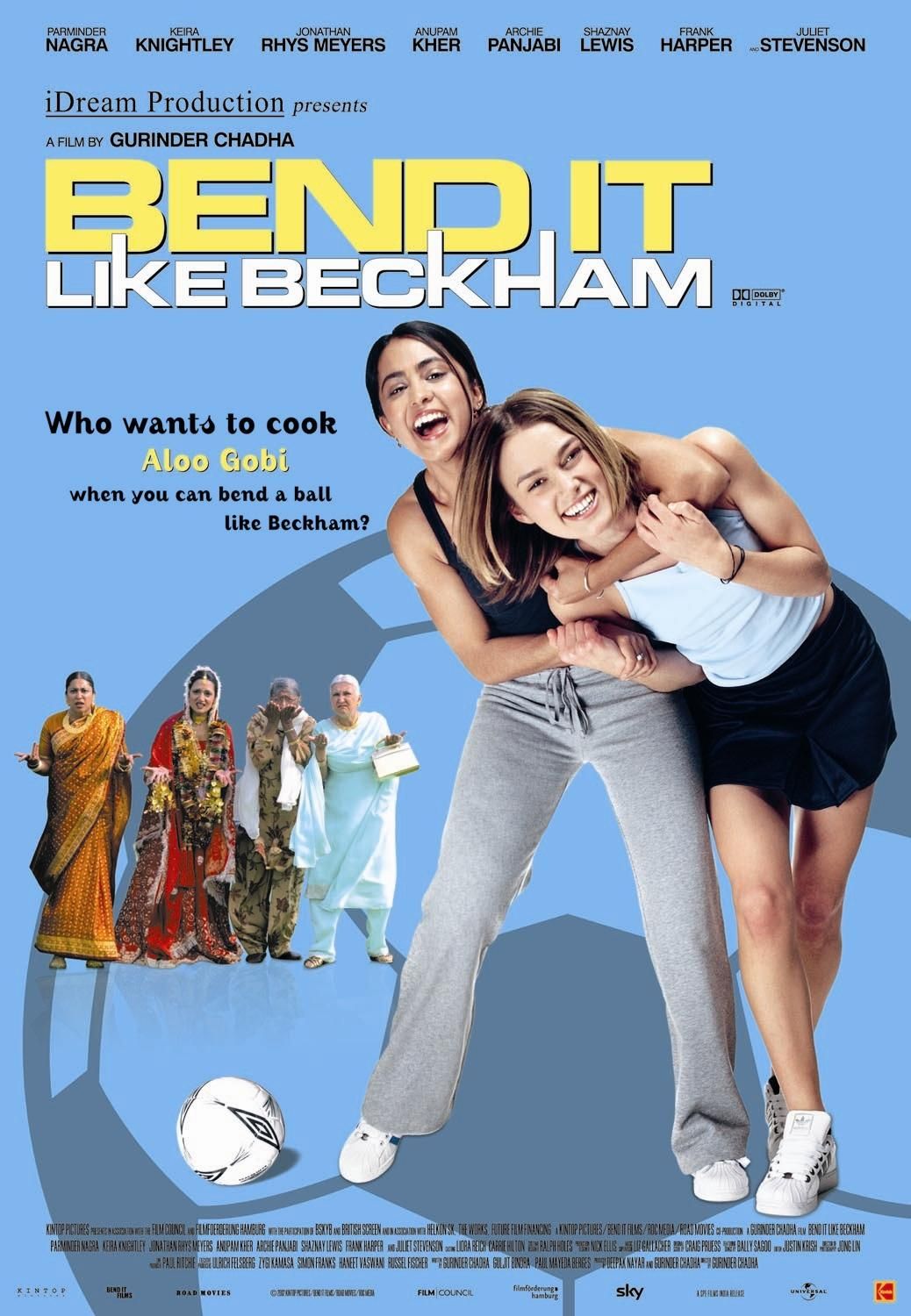

The film earned £1.7 million in its first week of release. It deals with the delicate topic of racism from members from white supremacist groups in the 1970s.

The story follows an Asian family who move to the rural countryside, where they experience a cultural clash between their eastern origins and the ‘white’ westerners. The film is a comedy based on the true-life experience shared by actress and writer Meera Syal about growing up in the town of Essington in Staffordshire. Released in 2002, Anita and Me was directed by Metin Huseyin, a British television and film director of Turkish origin. The couple has six children and a majority of them cannot connect with their father’s ‘Pakistani ways’ living in British society and having an English mother.Īrchie Punjabi plays the daughter Meenah Khan, Jimi Mistry as Tariq Khan, Emil Marwa as Maneer Khan, Jordan Routledge as Sajid Khan, Raji James as Abdul Khan and Ian Aspinall as Nazir Khan. Late Bollywood actor, Om Puri leads the cast in his role as father, Zahir George Khan.īritish actress Linda Bassett plays his wife, as Ella Khan. Released in 1999 and directed by Damien O’Donnell, the film touches upon the controversial topic of arranged marriages and traditional families.īased on award-winning actor and playwright, Ayub Khan-Din’s play of the same name, it made £2.5 million at the box office. It is arguably one of the first hits to have established British Asian cinema as a true contender across the world. The film was an international success that won several awards including a BAFTA for Syal’s script and screenplay.Įast Is East is a comedy-drama based on a Punjabi family in the 1970s based in Salford. In South Asia, the word bhaji means stir-fry curry or a pakora like snack, while in Urdu it means ‘older sister’. The film comments on the huge generation gap existing in this group of women. A comedy about a trip to the beach by a group of British Asian woman, the film was directed by Gurinder Chadha and written by Meera Syal. Bhaji on the Beach (1993)īhaji on the Beach was a surprise 1993 commercial and critical hit. From the likes of directors and writers, to musicians and actors.ĭESIblitz takes a chronological look at some of the top 10 British Asian films ever to have been made. These films introduce a multitude of talents from all continents in all areas of film making. The themes pull on the strings of lifestyle led by those who migrated to Britain from the sub-continent. They have the ability to comment on all aspects of society that are prevalent today. They combine the dryness of British humour with the spiciness of South Asian culture. While the article foregrounds television and film, it explores the field of British Asian cultural production more broadly and, in doing so, marks the ascendency of the ‘diversity discourse’ that characterises cultural policy in the present day.Have provided an authentic voice for all British Asians living here today.īritish Asian films are known for their raw, witty and unglamorous take on life. It demonstrates the value of the historical approach, outlined by the ‘cultural industries’ tradition of political economy, which is interested in how historical forces come together to produce a particular set of institutional and social arrangements that shape the practices of British Asian creative workers. Through such an analysis the article adds to the growing body of work on race and production studies.

In particular, it focuses on the moment of New Labour and ‘Cool Britannia’ as a significant cultural and political moment that led to the rise and subsequent demise of British Asian cultural production. Rather, as this article explores, British Asian cultural producers were enabled but then ultimately constrained by shifts in cultural policy (and specifically ‘creative industries’ policy) and, more broadly, by the politics of multiculturalism in the UK and beyond. But this is not a simple case of British Asians falling in and out of fashion. Following a high point in the 1990s when for the first time a South Asian diasporic presence was felt in British popular culture, across television, film, music, literature and theatre, Asians have now returned to the periphery of the cultural industries. This article explores the conditions that led to the rise and fall of British South Asian cultural production.


 0 kommentar(er)
0 kommentar(er)
